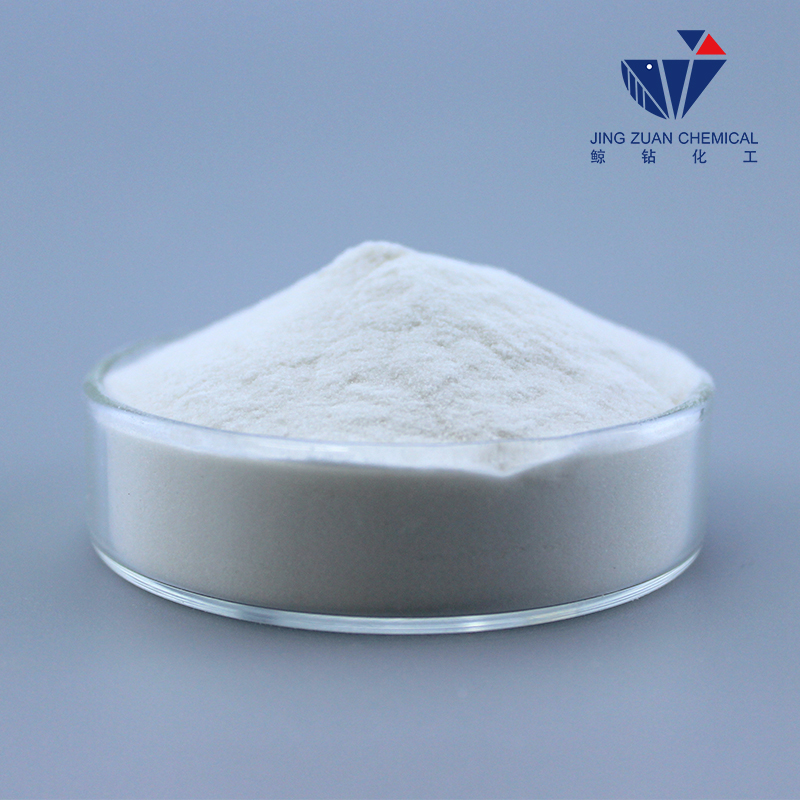
Avg . 12, 2024 19:18 Back to list
Exploring the Versatile Applications and Properties of Hydroxyalkyl Cellulose in Modern Industries
Hydroxyalkyl Cellulose An Overview
Hydroxyalkyl cellulose (HAC) is a modified cellulose derivative that has garnered significant attention in various industries due to its unique properties and versatility. As a non-ionic, water-soluble polymer, HAC plays a crucial role in fields ranging from pharmaceuticals to personal care, agriculture, and food technology.
Chemical Structure and Properties
HAC is primarily derived from cellulose, which is a naturally occurring polymer found in the cell walls of plants. The modification process involves the substitution of hydroxyl groups on the cellulose backbone with hydroxyalkyl groups, typically ethylene oxide or propylene oxide. This alteration not only enhances the solubility of cellulose in cold water but also imparts other valuable properties, such as increased thickening, binding, and film-forming abilities.
One of the most significant features of hydroxyalkyl cellulose is its ability to form clear, viscous solutions when dissolved in water. This characteristic makes it an excellent thickening agent. Additionally, it exhibits pseudoplastic behavior, allowing it to decrease in viscosity under shear stress, which is particularly beneficial in applications such as coatings and paints where ease of application is desired.
Applications in Various Industries
1. Pharmaceuticals In the pharmaceutical industry, HAC is primarily used as a binder and thickener in the formulation of ointments, gels, and creams. Its biocompatibility and non-toxic nature make it ideal for use in drug delivery systems, where it helps to control the release of active ingredients while ensuring the stability of the formulation.
hydroxyalkyl cellulose

2. Cosmetics and Personal Care HAC is a popular ingredient in cosmetics due to its thickening and emulsifying properties. It is often found in shampoos, conditioners, lotions, and creams, where it enhances the texture and improves the product's stability. Moreover, its ability to form films allows for better adherence of products to the skin or hair, providing a desired sensory experience for users.
3. Food Industry In food applications, hydroxyalkyl cellulose is used as a food thickener and stabilizer. It can help in improving the texture of various products, including sauces, dressings, and dairy items. Its role as a fat replacer in low-fat or no-fat formulations can contribute to consumer-friendly products without compromising on mouthfeel or quality.
4. Agriculture HAC is increasingly being utilized in agricultural applications, particularly as a thickening agent in agricultural formulations such as herbicides and pesticides. It aids in improving the adherence and spreadability of active ingredients on plant surfaces, leading to enhanced efficacy.
Environmental Considerations
As a cellulose derivative, hydroxyalkyl cellulose is derived from renewable resources, aligning with the growing demand for sustainable materials. Its biodegradability and non-harmful nature contribute positively to environmental sustainability, making it an attractive choice for eco-conscious consumers and manufacturers.
Conclusion
Hydroxyalkyl cellulose is a multifunctional polymer that has found its place across various sectors thanks to its versatile properties. Its applications in pharmaceuticals, personal care, food technology, and agriculture showcase its significant impact on modern formulations and products. As industries continue to seek environmentally friendly and effective solutions, hydroxyalkyl cellulose is poised to play an even more prominent role in the future, promoting innovation while addressing the pressing need for sustainability. The ongoing research into its potential applications and benefits will undoubtedly expand its footprint in the years to come.
-
Unlocking the Benefits of HPMC Products: A Gateway to Versatile Applications
NewsAug.07,2025
-
Unleashing the Potential of HPMC Ashland: A Comprehensive Look
NewsAug.07,2025
-
Tile Bonding Cellulose: The Key to Superior Adhesion and Durability
NewsAug.07,2025
-
Hydroxypropyl Methylcellulose Powder: The Versatile Component in Modern Pharmaceuticals
NewsAug.07,2025
-
Hydroxyethyl Cellulose: The Versatile Solution for Various Industries
NewsAug.07,2025
-
Hydroxyethyl Cellulose (HEC): The Versatile Polymer for Various Applications
NewsAug.07,2025







